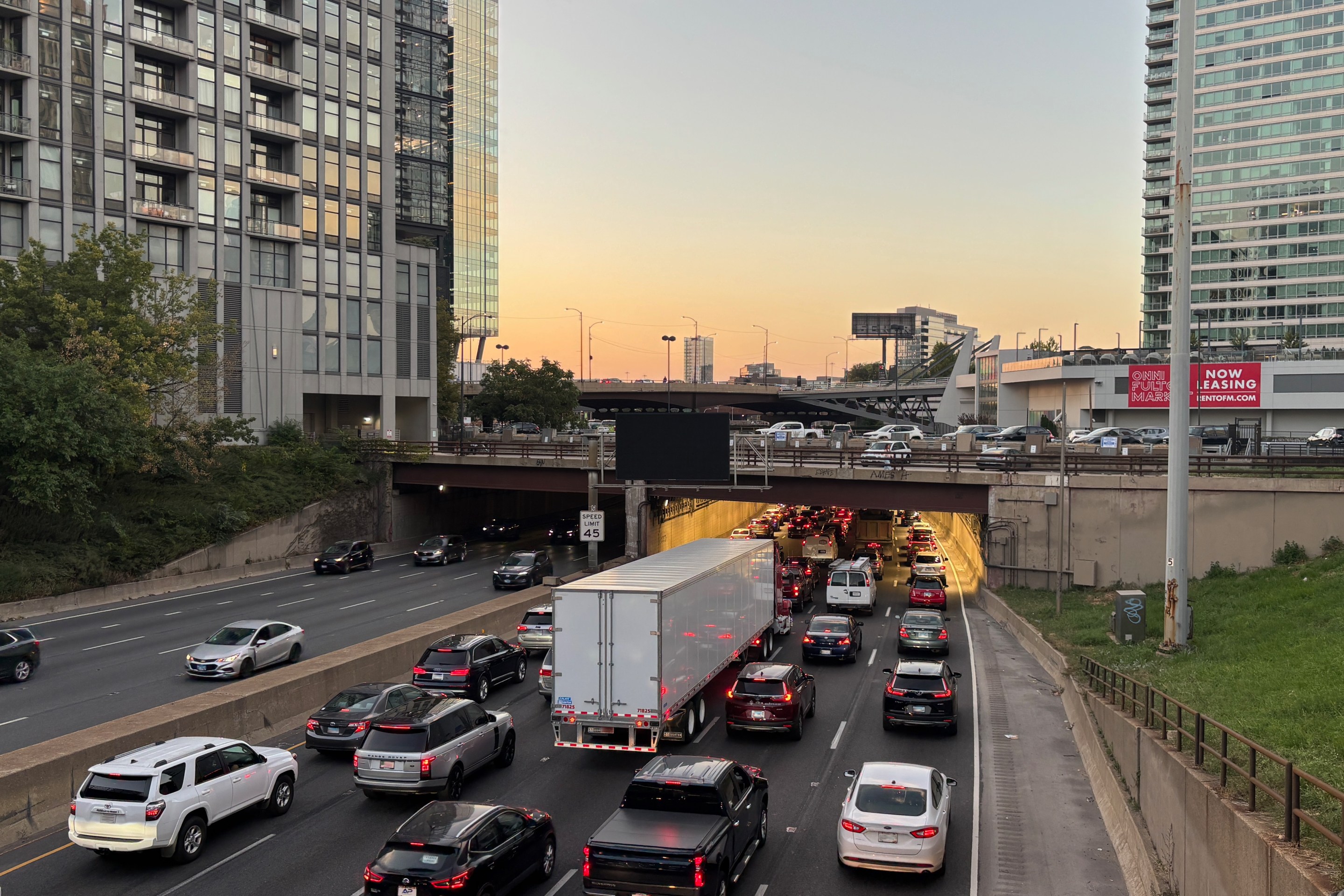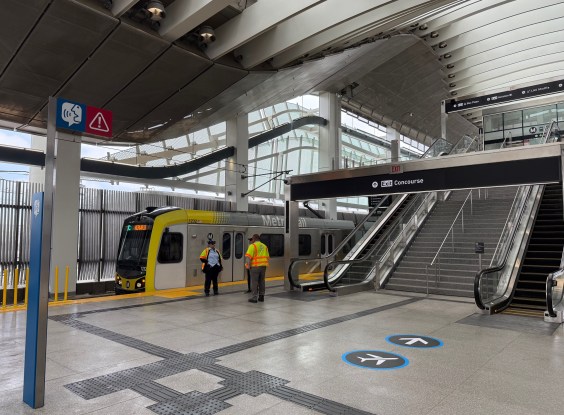
Almost every urban rail system in America lacks a key design feature that's become standard in cities around the globe: open gangways, which let people easily walk between cars, increasing capacity and leading to smoother operations.
Yonah Freemark at the Transport Politic points out that even New York City's extensive and crowded subway system won't be including open gangways any time soon. He wonders when U.S. transit agencies are going to catch up to the rest of the world:

Open gangways provide a number of advantages: One, they expand capacity by allowing riders to use the space that typically sits empty between cars. This added capacity means that a metro line can carry more people with trains of the same length. Two, it allows passengers to redistribute themselves throughout the train while the vehicle is moving, reducing problems associated with many people boarding in the same doorway, such as slow exiting times and poorly distributed standees. Three, it increases safety at times of low ridership by increasing the number of “eyes” in the train. There are no obvious downsides.
Open gangways offer passengers the benefit of an improved, less congested, and safer environment as compared to trains with individual cars, the standard you’re used to if you live in the U.S. And it’s no surprise that transit agencies all around the world are choosing open-gangway trains for virtually every new vehicle purchase. This is documented in the following map, where green cities represent places where the metro systems run at least some trains that are all open-gangway. Those that are red do not.
Yet American transit agencies have ignored the concept. New metro trains have been or are being purchased in Chicago, New York, San Francisco, and Washington, among others, but they all continue to be built with individualized cars, with no open gangways. It’s as if the agencies simply have not gotten the message. Only Honolulu, which has a new purpose-built metro currently under construction, will adopt this technology. Perhaps the other agencies will get the message once that system opens in two years.
Elsewhere on the Network today: Systemic Failure says California's youth helmet law doesn't seem to have had an obvious impact on head injuries. BikeWalkLee reports that Florida's three-foot passing law resulted in only eight convictions despite some 500 tickets issued last year. And Cap'n Transit shares his hypothesis about why so many Midwesterners relocate to New York City.





